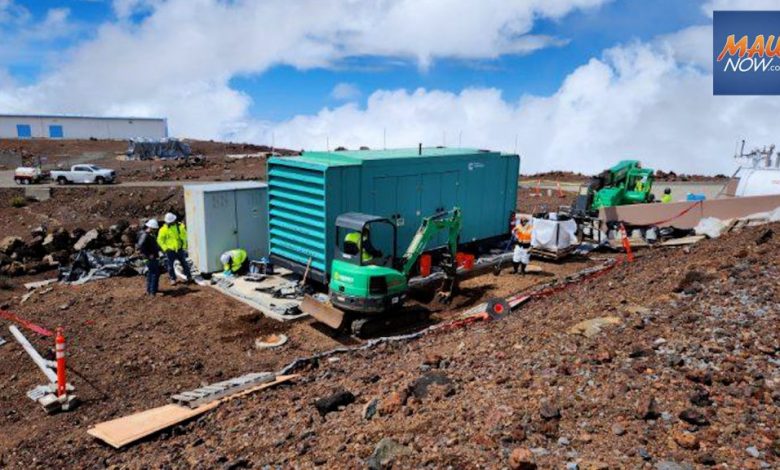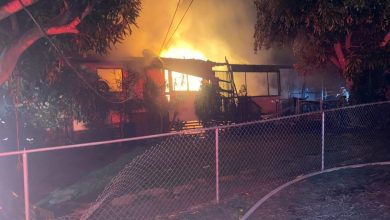One year later: Haleakalā fuel cleanup nears final remediation : Maui Now

[ad_1]

A year ago today, nearly 700 gallons of diesel fuel spilled at the Maui Space Surveillance Complex at Haleakalā’s summit. Since then Air Force reports its officials have worked with the Maui community and Native Hawaiian organizations to remediate the site.
“We want to assure our community partners that we continue to be actively engaged in the recovery efforts,” said Lt. Col. Phillip Wagenbach, 15th Space Surveillance Squadron commander. “We are taking deliberate actions to safely restore the sacred grounds at Haleakalā, while accounting for regulatory and cultural needs and our responsibility to protect the land.”
The Air Force Civil Engineer Center is leading the spill response efforts, in conjunction with Native Hawaiian organizations and various governmental agencies including Hawaiʻi’s Department of Health and Department of Land and Natural Resources, the University of Hawaiʻi, the National Park Service and the US Department of Agriculture.
Immediately following the fuel spill, which Pacific Air Forces officials say was caused by a lightning strike, a rapid response was initiated to remove contaminated surface soils, install a barrier to limit water infiltration through remaining contaminated soils, and provide an initial assessment of the extent and magnitude of the fuel contamination.
GSI Pacific, a Native Hawaiian-owned company, was contracted to identify contamination in the subsurface. Soil samples were collected from eight bore holes at depths of up to 80 feet and analyzed by a laboratory. The data collected was included in a site characterization and alternatives evaluation report. The report, currently being reviewed by the Hawaiʻi DOH, indicates the contamination is present above the site-specific cleanup levels to 20 feet below ground surface but poses a very low threat to the drinking water.
Cultural advisors and archaeological monitors, both from Maui, were on site throughout, in the event human remains or other cultural deposits were encountered during ground disturbing activities. No cultural deposits or features were observed during site work. Additionally, no Haleakalā Silversword, a rare plant species that only grows on the slope of Haleakalā, were impacted by the fuel spill, according to the Pacific Air Forces.
Next Steps
The next step in the process is to present recommended remedial technologies to the public. This information will be shared with the community to solicit input before a final remediation method is selected. Community input will be gathered in person and online during a community forum to be held in the coming months, according to the Pacific Air Forces.
“We continue to meet with concerned members of the community,” Wagenbach said. “We endeavor to get the community’s viewpoint and do our level best to incorporate their concerns and suggestions in the process. We share their frustrations as we work through this complicated, but deliberate, process. We recognize the cultural importance of the site and have accelerated the process whenever it was safe to do so,” he said.
In the wake of the spill, the Air Force has reportedly transformed its spill response plan, rewriting the plan and establishing future spill response exercises. A new generator for the site, with improved containment methods, will be installed. Until that generator is installed refuel procedures on the current generator were updated to prevent any future fuel spills, according to department updates.
The Maui-based 15th Space Surveillance Squadron is part of Space Delta 2’s mission of providing space domain awareness.
[ad_2]
Source: Maui News




